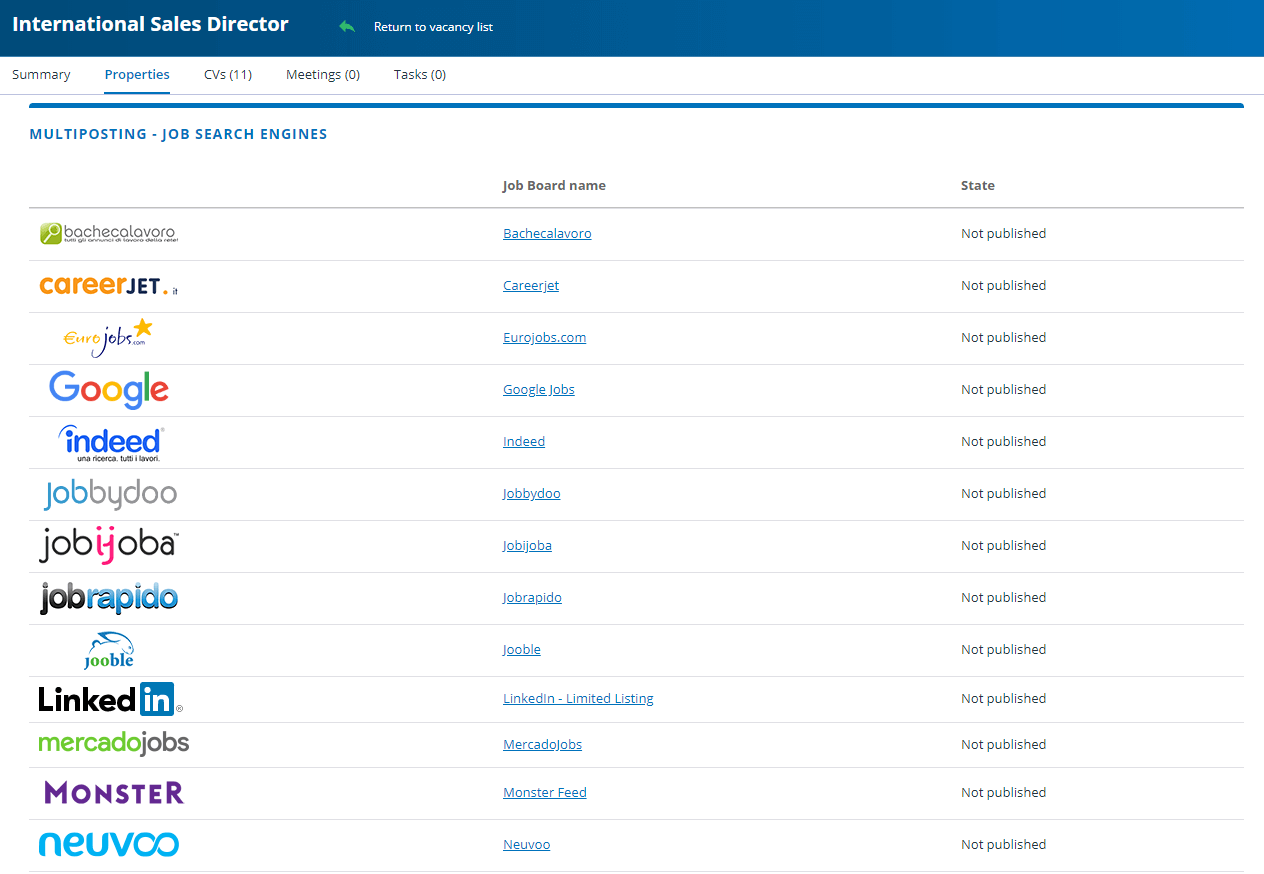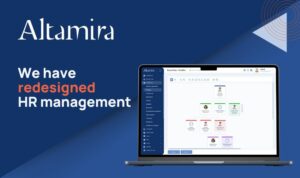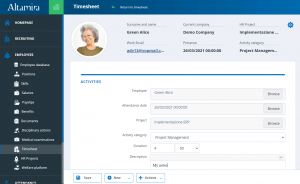The omnichannel strategy, a concept devised in the marketing space, is also increasingly employed by search and selection departments that want to have more complete information about candidates and reduce inefficiencies.
In fact, most companies have discovered that relying on a single search channel is a poor choice. No provider has a database that contains 100% of the workers, and the number of candidates that are actually active on a platform when a vacancy is posted is even lower.
Choosing just one search channel means limiting the pool of candidates to draw from, thus depriving yourself of plenty of talent that could be valuable assets for the company, and might even come at a lower acquisition cost.
In addition, not having an active presence on platforms like Glassdoor and Indeed, which give ample space to employee and candidate reviews, means giving up on having any control at all over the image your company conveys as an employer.
The limitations of the multichannel recruiting strategy
But even using many search channels—with a multichannel strategy—involves risks if each of them is treated as a stand-alone.
If it isn’t well coordinated, a multichannel strategy risks bringing both more candidate applications as well as more inefficiencies.
On one hand, posting your job ads “manually” on many job boards, job search meta-engines, social networks, etc. involves more work and is highly repetitive.
On the other hand, the CVs received will be scattered across multiple platforms that are difficult to access: the backend sections of job boards, numerous email accounts, the social media profiles of recruiters, etc.
Not only that, but the databases from which the applications will be coming will be largely overlapping. As a result, the recruiters on the team could find themselves inadvertently reading the same CV from different sources and contacting the same candidate who is already involved in the selection process run by one of their colleagues. This is a waste of time and gives a poor impression that undermines employer branding.
Finally, there is the risk that the company will be presented in a very different manner on each channel, depending on who is in charge of it. This inconsistency might confuse candidates and reduce their level of interest.
The omnichannel approach in recruiting
For a multichannel strategy to become efficient, you must develop a strong synergy between all channels, both online and offline, turning it into an omnichannel strategy.
Such a strategy allows you to reach the candidate across multiple channels, maintaining a consistent message and keeping track of every interaction that occurs on each.
Accordingly, the true distinguishing element of a multichannel strategy is represented by the quality of the data it manages to provide.
The more this information can tell us about the candidate and the relationship they’ve established with our company through the different contact points/channels, the greater the chances of identifying the candidates with the strongest connection to the brand, building a pipeline of candidates for the future and continuing to cultivate their interest over time.
The role of technology
Given the need to manage and analyze vast amounts of data, technology is a crucial element in the omnichannel strategy.
In particular, the applicant tracking system, or ATS, plays a fundamental role—the dedicated recruiting software with which you can organize and centralize the search and selection activity.
This tool allows you to convey a consistent image of the company to candidates—for example, thanks to ad templates made available to the entire recruiting team, branded notifications for candidates and a multiposting system that posts the same vacancy across the main online channels—and also to centralize their data, avoiding duplication.

The multiposting system allows you to spread your vacancy on numerous job portals and social networks with a click. An example taken from Altamira Recruiting.
Thanks to an ATS, candidate information—regardless of the channel they used to get in touch with us—will all be organized and available in personal files.
This software allows the recruiter to keep track of the interactions they’ve had with a candidate over the years. It tracks the times they have sent in a CV and through which channel, archives the CV and the different cover letters, shows the answers to the killer questions and the fields filled in the application forms, stores the notes on the interviews and the data processing consent forms, allows you to see and review the video interviews that have taken place, etc.
Even interactions that occurred offline can become part of the database of an ATS, enriching our relationship with the candidates. It is enough, for example, to collect CVs and notes using a tablet at career days, and use a career site for internal mobility and employee referrals.
Recruiting software also allows recruiters to collaborate on selection processes in real time, without worrying about contacting the same candidate multiple times.
And the role of the staff
Before you even consider the technology infrastructure to support your omnichannel recruiting strategy, you need to start with your staff.
For this strategy to be successful, you need to work on the collaboration between the recruiting and marketing departments and between the different people who work in each.
For example, social media recruiting should not be a separate part of the search and selection process, but one piece of the overall strategy. The same applies to career days, referrals, internal recruiting, etc.
If the company has a retail presence, the store staff should also be educated on the company’s recruiting strategy, inviting candidates who bring in paper resumes to apply through the company’s career site.
Copyright: ©pixelrobot/Adobe Stock




























































































